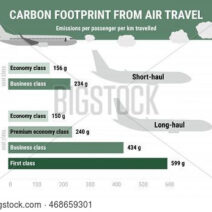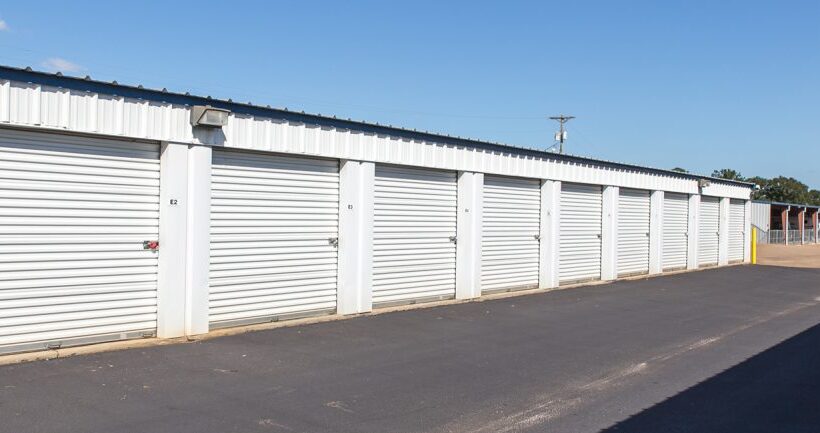When navigating the labyrinth of storage solutions, one must tread carefully, especially when it comes to non climate-controlled units. These facilities promise convenience but come with a host of potential pitfalls, particularly when it pertains to the types of items stored. Much like a verdant garden that thrives under meticulous care, selecting what to place in storage requires prudent decision-making.
First and foremost, it is paramount to recognize the perils associated with moisture-sensitive items. Picture your favorite wooden furniture, rich in grain and history, being subjected to the whims of humidity fluctuations. Non climate-controlled environments can swing wildly from arid to humid, creating a veritable breeding ground for mold and mildew. Antique furniture, cherished heirlooms, or intricate wooden carvings should be given a higher echelon of care. Instead of relegating them to a dank and unpredictably damp abyss, consider alternatives that ensure their preservation.
Next, delving into the realm of electronics reveals another rich vein of potential mistakes. Imagine your pricey home theater system, lovingly assembled with cables resembling a tangled spider web, left to suffer in extreme temperature shifts. Electronics are finicky; they thrive in stable environments. In the warm embrace of a climate-controlled unit, they can live to see many future movie nights, but left in a storage unit where heat can warp circuit boards and condensation can cause short circuits, they may quickly become more relic than responsive device.
Furthermore, any form of sensitive documentation merits equal attention. Think of important documents, contracts, tax records, or family photographs that tell tales of cherished moments. These papers are vulnerable to degradation from humidity and temperature extremes. The ink can smudge and the paper may warp, rendering them useless over time. Instead, safeguard them in enclosures that maintain a consistent climate, akin to a pristine museum’s archival conditions, ensuring their longevity for generations to come.
Additionally, food items should be treated as pariahs in the storage realm. Whether it’s a vintage wine collection or a cache of non-perishable foodstuffs, food left in a non climate-controlled environment is inviting disaster. Temperature swings can transform your delightful vintage into vinegar, while non-perishables may become unrecognizable meals of mold and decay. To protect your palate—and health—keep foodstuffs in a controlled, stable environment. Opt for a pantry or kitchen storage that offers both functionality and the right conditions to keep your edibles fresh.
Let’s not overlook delicate fabrics, which are as vulnerable as a butterfly caught in a storm. Fabrics such as silk, leather, or cotton can succumb to harsh environmental conditions. Exposure to dampness can lead to ugly stains, while heat can cause fabrics to fade or become brittle. Storing such textiles without appropriate climate considerations is akin to casting them into a tempestuous sea without a lifeboat. It is vital to provide them with a protective space that maintains a stable climate, ensuring they remain unblemished and vibrant.
When considering what not to store, we must also recognize that valuables, including art and collectibles, deserve special consideration. Fine art pieces, sculptures, and collectibles can be deeply affected by fluctuations in temperature and humidity. Paint can crack, wood can warp, and the integrity of these treasures can be irrevocably damaged. Further, moisture can encourage the growth of mold, engulfing your collections in unfortunate spoils. Each piece should be regarded as a fragile ecosystem, demanding specific conditions that only a climate-controlled unit can provide.
The threshold of electronics extends beyond merely personal gadgets. Home appliances, too, can face dire repercussions when stored in an unsupervised climate. Refrigerators, for instance, can suffer issues with their seals, while washers and dryers may develop rust if subjected to moisture. Understanding the unique requirements of such items can protect your significant investments, just as a guardian safeguards a treasure trove.
Certainly, you might feel tempted to store your sports equipment, particularly seasonal gear. However, how often do cycling and skiing gear meet the embrace of humidity? The very materials designed to withstand the elements may crumble in a non climate-controlled environment. Rubber tubing may crack, and fabric may degrade over time, leaving your once-sturdy equipment vulnerable. Opting for climate control ensures your active lifestyle isn’t hindered by compromised equipment come the next season.
Finally, considering an array of collectibles and memorabilia—think of vinyl records, vintage clothing, or valuable trading cards—these items thrive in stable climates. The delicate nature of these items means that they deserve careful thought in terms of their storage environment. Protecting such treasures ensures they remain artifacts of your personal history, resonating with the emotion and memory, rather than becoming distant echoes of bygone days.
In conclusion, amidst the vast expanse of available storage options, non climate-controlled units serve their purpose but come encumbered with limits. By avoiding pitfalls and selecting what to store with consideration, one protects not merely possessions but personal histories and cherished memories. Understanding the unique needs of various items—whether they be sensitive to humidity fluctuations, temperature shifts, or simply enduring the ravages of time—will ultimately lead to well-preserved treasures. Make informed choices, and your belongings will flourish, not languish, in their storage sanctuaries.







